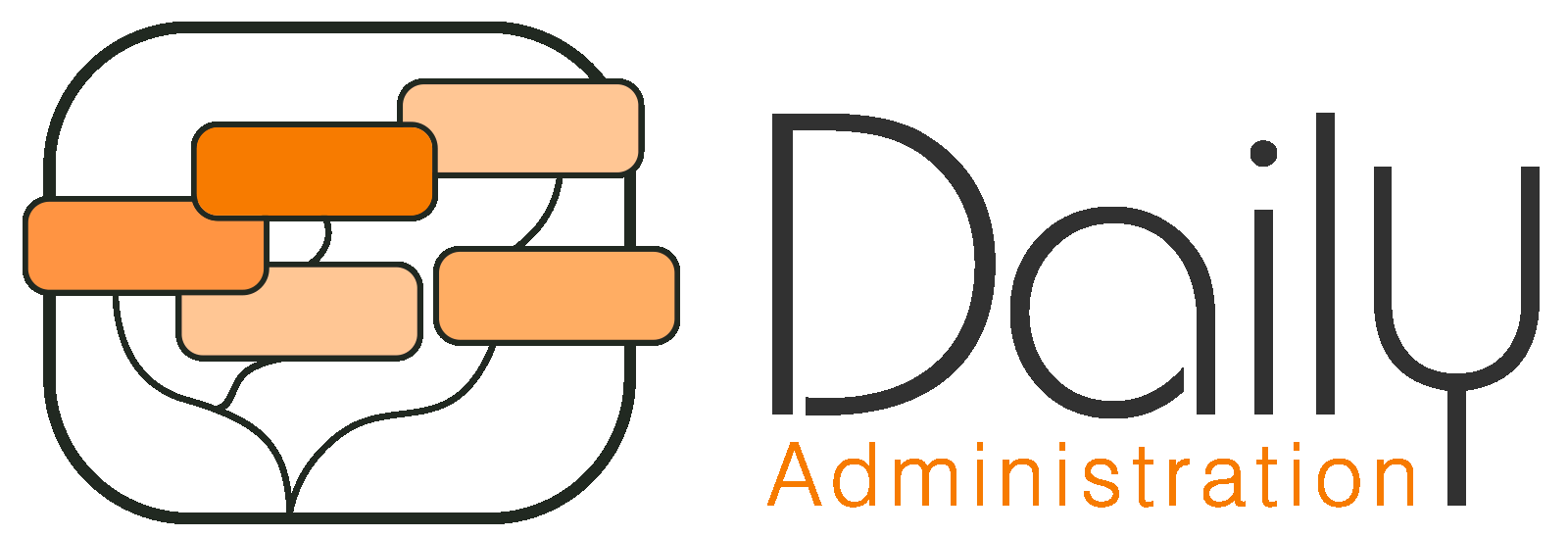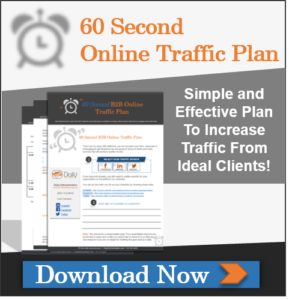Reach Your Target Market: 3 Content Marketing Strategies

Having a content marketing strategy is more than creating as much content as you can and spraying it all over online.
There are other things to considers like how your ideal audience may be searching and where they are in the buying cycle. Let’s look at the buying cycle and why it matters to help tighten up what you may currently be doing.
What is the Buying Cycle?
The buying cycle represents the phases that a customer goes through before finally making a purchase. Broadly speaking, there are three parts to the buying cycle.
- Awareness: This is where the potential client either becomes aware of your product/service, or becomes aware of some need they have that must be fulfilled.
- Consideration: This is where the potential client is doing research on your product/service, or they are looking into different solutions to their problem.
- Decision: This is where they pull the proverbial trigger and buy a product/service (preferably yours) that solves their problem.
The buying cycle can tell you a lot about what kind of content people are looking for. By leveraging the buying cycle by providing the right content, marketers can optimize their conversion rates.
Why Does the Buying Cycle Matter?
People are looking for different things at each stage. For example, when I walk into a bookstore with the intent of buying a book, I’m walking in knowing I have a need that must be fulfilled.
I also happen to know that I like reading particular books. Fortunately, the bookstore knows that too, so they have signs indicating the different reading genres. They might also have certain signs to help me make a buying decision (e.g. “Sales” signs, “Recommended Reading” signs), or they might feature particular books knowing that people who like genre X like author Y or series Z.
Here’s the point: the buying cycle matters because certain things only appeal to me at certain stages. Featuring certain graphic novels in the graphic novels section won’t help me make a decision if I don’t like graphic novels — let alone know anything about them. In order to optimize your content for marketing your offerings, you need to craft your content to meet the unique interests customers have at each stage of the buying cycle.
Let’s talk about three content marketing strategies you can use to leverage the buying cycle.
Using the Right Content and Keywords
In order to move potential clients through the sales funnel, you need to give them the right content at the right time. In order to get the content to them, you’ll need keywords that people are likely to use at any given stage.
- Awareness Stage: People at this stage are looking for content that will help them understand the issue they’re dealing with. The kind of content they’re looking for are articles, ebooks, white papers, and research reports. To help them find your content, use keywords related to phrases like “issue”, “risk”, “optimize”, or “prevent”.
- Consideration Stage: People at this stage are looking for solutions that will further explore and discuss different issues for the problem(s) they’re facing. The kind of content they’re looking for are webinars, case studies, and podcasts. To help them find this content, use keywords like “solution”, “tool”, “device”, or “compliance”.
- Decision Stage: People at this stage are looking for content that will help them select the right product or service for their problem. The kind of content they’re looking for are vendor comparison guides, feature differentiation sheets, and granular product literature. To help them find this content, use keywords like “compare”, “versus”, “providers” or “test”.
Take Advantage of Smart Content
Another way you can leverage how your audience is searching is by using smart content. This is content that adapts to the person viewing it, based on information collected on them — even if it’s they’re first time visiting your site. Using smart content allows you to deliver content based on real-time data, allowing you to move people through the sales funnel seamlessly.
- First-Time Visitors: A first-time visitor just wants to get to know you a little bit. At this stage, promote your blog, invite them to follow you on social media, and provide a survey or quiz that will help the viewer figure out if your site is relevant to them.
- Second-Time Visitors: Treat second-time visitors like they’re at the awareness stage. Provide them with free downloadable content giving information on topics within your industry.
- Third-Time Visitors: Treat third-time visitors to your site like they’re at the consideration stage. Give them webinars, case studies, and refer them to podcasts discussing the products and services that address issues within your industry.
- Fourth-Time Visitors: At this point, your visitor could be ready to make a decision. You may not need to offer them your products, because you’ve already given them the information they need. At this point, all you need to do is make it easy for them to opt-in. Give them a button allowing them to set up a consultation, do a free trial, have a demonstration, speak with a representative, etc.
Make Sure Your Content Gets Noticed
Aside from using SEO-friendly content to leverage the buyer’s journey, you can further ensure you’re reaching people where they are by sharing your content in the right places.
- When you’re trying to reach people in the awareness stage, it’s perfectly all right to rely on organic search results.
- Use dedicated landing pages to address people in the consideration stage, so you can collect more information on their needs and help them opt-in for the more specialized content.
- To reach people in the decision stage, take advantage of nurturing email messages and social media posts.
Using these strategies to leverage the buying cycle will optimize your outreach, resulting in better qualified leads and conversions. To learn more about the buying cycle and how to market your content to it, contact us.

